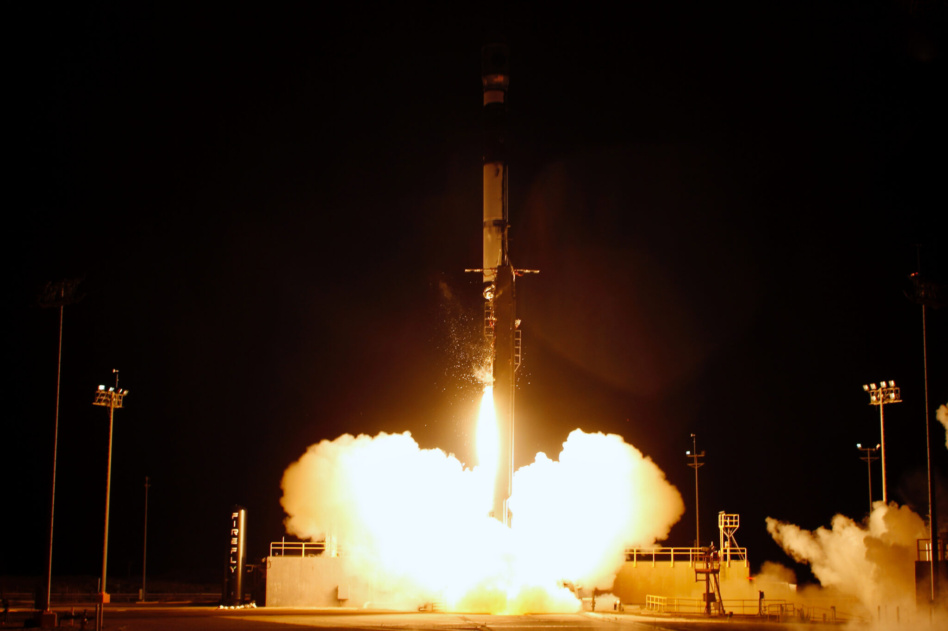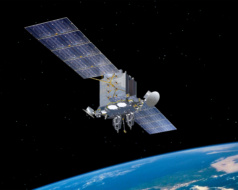The US civil and military space orgs got together to suss out the state of the space industrial base, and their conclusions are clear: resilience and speed are top priorities, and commercial partnerships are what will make that possible.
The annual State of the Space Industrial Base report is a collaborative effort between the Defense Innovation Unit (DIU), NASA, the Space Force, and the Air Force Research Laboratory (AFRL). The four drivers of space technology meet up to assess the maturity and breadth of the industry supplying key space technologies and map out priorities for growth.
The industry grows: The boom in the commercial space industry is a boon for government agencies looking for low cost, high speed, and innovation. The authors noted that space tech is expanding beyond traditional channels, and new funding is coming from unconventional places.
“The greatest investors in the new space economy are not space companies,” the authors wrote. “Rather, they are Fortune 500 companies who understand how to turn new space capabilities into products, software, and services that give them a strategic advantage in the global marketplace.”
Standing strong: The Pentagon is paying close attention to China’s rapid technological growth in space, and it’s focused on deploying new technologies rapidly and in a way that ensures resilience and security to stay competitive. Part of that is responsive technologies, including launch and spacecraft development.
Weak spots: Workforce strength and the supply chain stood out to the report’s analysts as vulnerabilities.
- On the workforce side, the biggest challenge is attracting the right talent into the space sector. Building a strong financial environment and fostering industry/academia partnerships will be part of the strategy going forward.
- On the supply chain side, the authors wrote: “As the United States positions itself for long-term global competition, it is essential that we continue to recognize the value of strong global partnerships and the strength of common supply chains that support our collective security.”
Hot tip: The report’s authors made several recommendations to the US space industry and key agencies for the year ahead. A non-exhaustive list of highlights:
- Establishing a stronger supply chain
- Addressing the bureaucracy that keeps things moving slowly
- Integrating the private and public sectors more strongly
- Accelerating adoption of responsive technologies
- Protecting space commerce and encouraging the growth of private funding mechanisms




